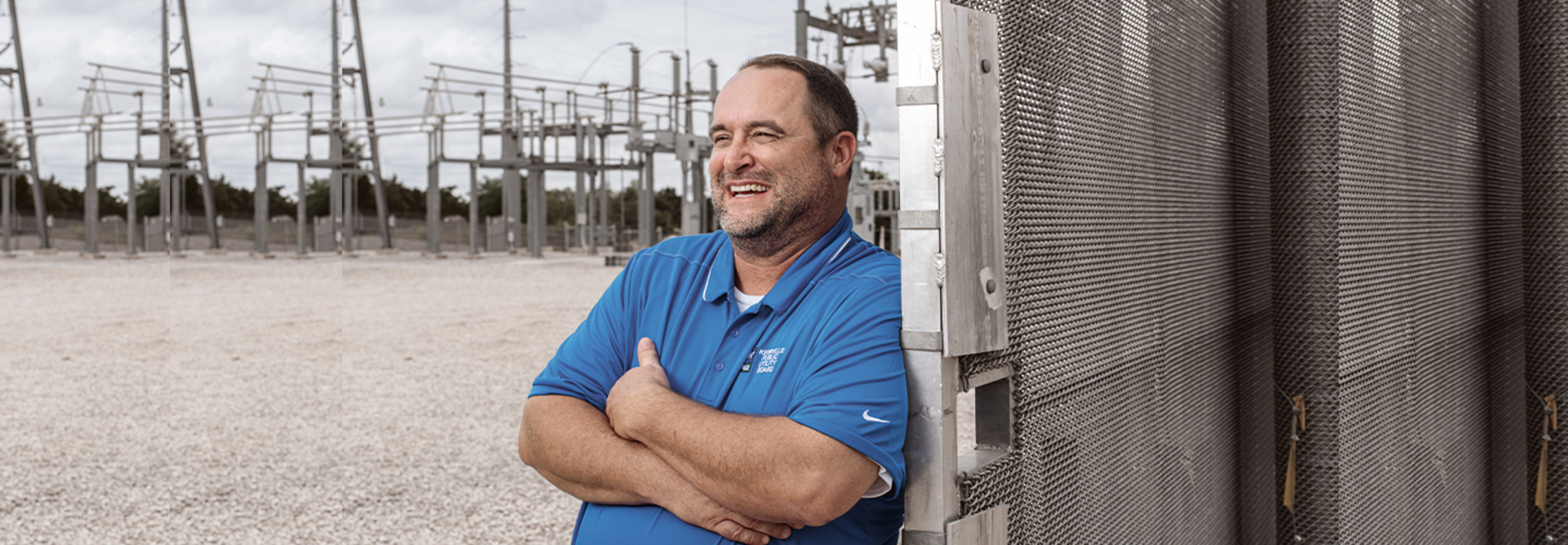As a relatively early adopter of mobile technology, the Kerrville Public Utility Board is leading the way among government-run utilities that are using apps to improve citizen services. Recognizing that their customers are increasingly on the go — and looking to ease customer service team workloads by, for example, reducing call center volume — these energy agencies are turning to solutions that typically look a lot like KPUB SmartHub.
For utilities going mobile, these apps have become attractive for their reliability and scalability, but also because they’re easy to get off the ground. The COVID-19 pandemic accelerated digital offerings from utilities, according to McKinsey. In the six months prior to April 2021, “digital adoption grew fastest in the utilities and travel industries, which each jumped 46 percent, as well as in the public sector, which grew 45 percent,” the McKinsey article notes.
KPUB SmartHub Is Transforming Customer Service on the Go
Today, KPUB SmartHub is hosted in NISC’s private cloud, but the utility is preparing to migrate the app to Amazon Web Services. McCutcheon’s team set the initial configuration parameters required to integrate the solution with the utility’s customer information and outage management systems and now monitors its functionality to ensure that it’s working as expected.
“Our customers love it once they start using it,” McCutcheon says. “It lets them manage their accounts right from their fingertips.”
Among other things, KPUB customers can use the free app to view invoices, schedule and submit payments, and gather information on how their energy usage varies from month to month or year to year. They can also submit routine service requests (to establish a new connection, for example) and report electricity outages.
“From their smartphone, it’s just a click, and it shows up in our software as a system alert that goes out to the customer service team,” McCutcheon says.
When reporting an outage, he adds, the tool also populates the utility’s outage management system with relevant information, “and that gives our dispatch team everything they need to send someone out to fix it right away.”












